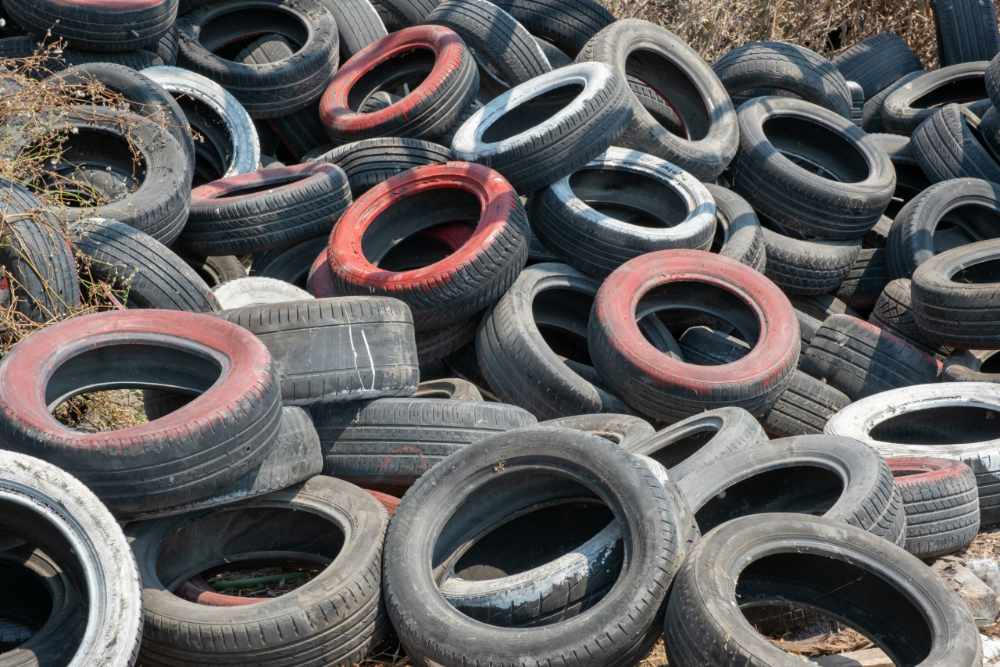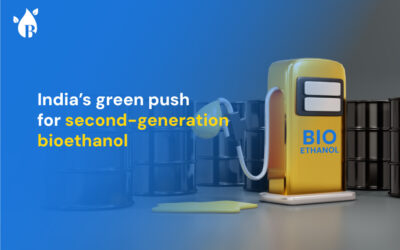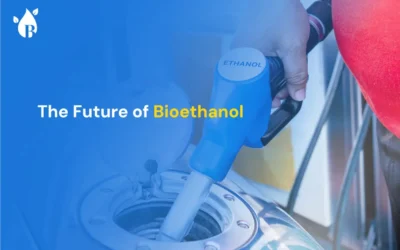
After serving its use, 1 billion waste tyres are generated each year. The recycling industry processes only 100 million tyres. With a low recycle rate, most waste tyres are discarded in landfills or needlessly incinerated in open air.
The key ingredient in making tyres is synthetic rubber made from petroleum. When left to break down in landfills or burnt, they release poisonous chemicals into the groundwater and air.
What is a better way to reuse waste tyres?
Tyres are non-biodegradable. But they are highly durable, so it’s challenging to recycle them. Fortunately, there are a few ways of recycling waste tyres into tyre oil, shredded rubber, fine rubber powder, metal cords, carbon black among others.
Through pyrolysis, waste tyres can be used to generate high-energy substances like industrial oil, fuel and gas. Though there are better ways to environmentally process it, it’s still much better than rotting tyres in landfills.
How is Tyre Oil generated?
Waste tyres are shredded into smaller bits. It’s heated in a pyrolysis plant with no oxygen supply. This process generates crude TPO (tyre pyrolysis oil), carbon black and gas. The crude tyre oil is then purified in a distillation plant. Tyre oil has a variety of applications, most commonly, as a fuel for heavy industries.
Tyre Oil as an alternative for industrial fuel
Tyre oil has a high heating value of around 10,000Kcal/kg. It can be directly replaced as fuel oil in industries like boiler heating, cement factory, steel factory, glass factory, boiler, etc. In internal combustion engines, tyre oil cannot directly replace diesel but can be blended with diesel having high heating values.
“With the current rate of resource depletion, we would require 3 Earths by 2050. The immediate need is to introduce a sustainable growth model. Waste Tyres have been disposed of the traditional way since ages, harming the environment. Adopting the model of circular economy to completely reuse the tyre will save valuable resources, and drive us to a better future.” – Mr Gaurav Sekhri, Chairman, MRAI Tyre & Rubber Committee
India has over 600 tyre pyrolysis plants with a total capacity of 4,79,520 tonnes of TPO or tyre oil. This equals to less than 0.5% of India’s annual fuel consumption. Despite being a tiny fraction, it makes a difference to India’s tyre waste management and the landfill industries.
Waste tyres are available in plenty and the market for tyre oil is huge as well. Executional risks and operational costs are the main drawbacks in increasing India’s tyre oil production capacity.
While tyre oil is a worthy alternative to industrial fuel, the making of tyre oil in India is yet to mature. But there’s promise with the latest developments in technology. Let’s hope we’re closer to less-risk and low-cost pyrolysis plants in a few years. For now, let’s save what’s left of the Earth’s natural resources by transitioning to other forms of biofuel.



